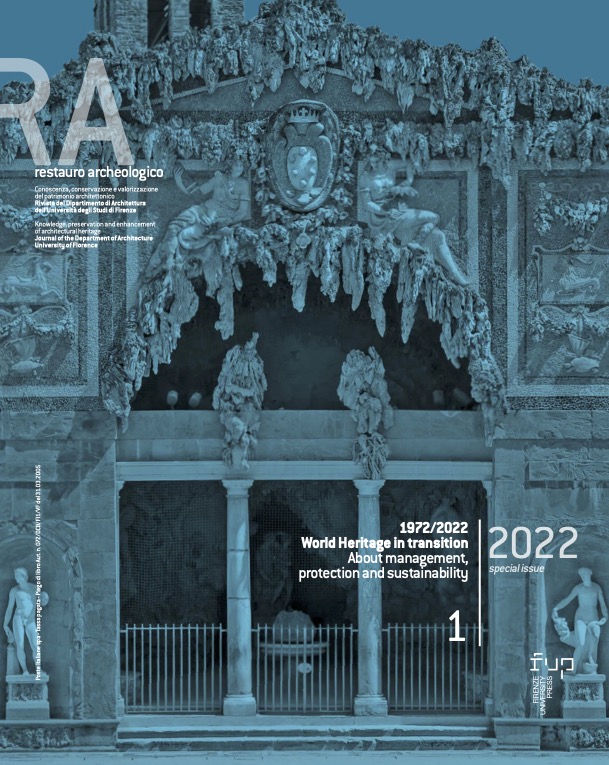“L’arte dei muri a secco”, confronti tra esperienze per la conservazione del patrimonio culturale dei paesaggi rurali
Published 2023-02-03
Keywords
- Dry-stone walling,
- Conservation,
- Intangible heritage,
- Cultural landscape,
- Rural architecture
How to Cite
Abstract
The European rural landscape has been designed for centuries by the art of the construction of dry stone walls and by the arrangement of terraced bands, becoming a cultural expression of identity common also to rural contexts geographically distant from each other. In 2018, eight European countries obtained the transnational recognition of the “Art of dry stone walls” in the UNESCO Intangible Cultural Heritage List. The contribution questions, on the basis of some case studies, how UNESCO recognition can concretely favor the start of that necessary support for studies and conservation of the knowledge preserved in the experience of the workers, who often lack professional recognition and regulatory support. It also proposes an analysis on the processes of protection, management, enhancement and conservation of this cultural heritage. If some case studies express guidelines and identifiable as repeatable good practices, others appear to be the lack of adequate policies for the protection of value landscapes.


